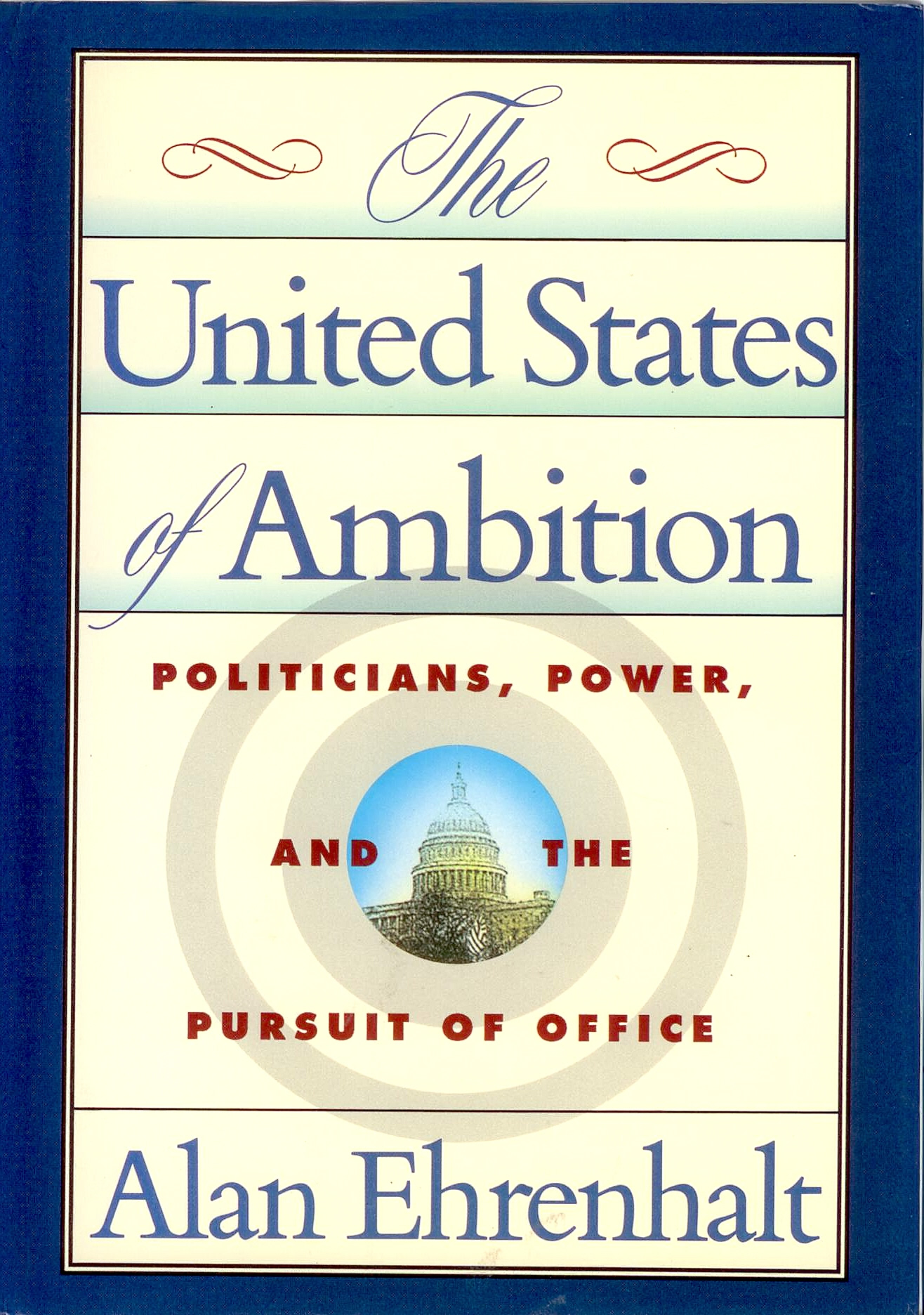Not long ago, I wrote about Alan Ehrenhalt’s classic book about local politics, “The United States of Ambition.” In it, Alan, a longtime political journalist, documents the decline of deference, the rise of “freelance” politicians who come to office without deep community connections, and the erosion of traditional community leadership.
Alan is not the only one to notice this erosion. Writing from the other side of the desk, Willie Brown, the former mayor of San Francisco and one of the shrewdest political operators around, has also written about the sea change in how communities work. In his 2008 memoir, “Basic Brown,” Brown discussed the decline of what he called the “leadership class” of cities, “a brigade of people of wealth and interest who could be counted upon to support the city, its institutions, and its needs.”
These leaders, Brown said, would respond to almost any appeal that was couched in civic patriotism.
In an afternoon, you could reach a dozen or so people and help a worthy institution get its special fund-raising under way. You really didn’t have to explain very much. You just said, “The museum needs help. Everybody’s pitching in. Will you? And will you call people you know?” They did.
And today?
. . . (T)he people who feel this way are dying away with no one to replace them. It’s not that fortunes are disappearing—we have more billionaires than ever in San Francisco. It’s simply that this kind of local civic spirit is disappearing.
The problem, Brown wrote, was globalism, which has loosened the connections between the wealthy and the places they (or their forebears) made their fortunes. For example, he said,
I used to keep a Rolodex of real estate developers, builders of big apartment houses and office buildings, whom I could call upon for help with civic matters. These guys have almost all disappeared. Very few locals are directly involved in local real estate anymore. They don’t invest in buildings; they invest in global real estate trusts. They’re not San Francisco landlords; they’re market investors.
I, too, have written about the decline of long-term business leaders. In a 2006 op-ed article in the New York Times, I focused on the loss of bankers as local leaders, but I agree with Mayor Brown: It’s more than the banks, it’s most of our local businesses. Globalism may (or may not) be good for us as consumers and business people, but it has made communities much harder to lead.
So what do we do? Well, I don’t think we can reverse globalism. And I think Alan was right that the decline of traditional leadership has left many places with a set of “freelance” politicians whom nobody sent and, in a sense, no one is responsible for. So when you subtract traditional business leaders and deeply connected politicians, it leaves us . . . on our own. And that may be OK.
It means that if communities are going to be led in the future, the leaders will have to be us. You and me. Average people without corporate backing or generations of civic involvement. People who care about their communities and are willing to work to make them better, but can do so only part time because they have day jobs.
But if this is going to work, the part-time leaders will need to learn a few skills. First, they’re going to have to learn how power works and how to accumulate it to do important things. Second, they’re going to have to master the skills of “small-p politics,” how to introduce new ideas, build interest in them, remove obstacles, gain approval from permission givers and drive the ideas forward. This isn’t the “big-p politics” that we associate with campaigns and legislative chambers, the stuff you see on CNN or C-Span. Small-p politics is quieter, more patient, far less glamorous—in other words, it’s grunt work. (In an earlier posting, I called it “removing the boulders” and “building the wall.”)
So while I agree with Alan’s analysis and understand Mayor Brown’s frustration, I think the days of depending on the few to lead us are over, and we need to get on with teaching power and political skills to the many. And, oh, Mr. Mayor, it’s time to trade in that Rolodex for a database.
Photo by Wally Gobetz licensed under Creative Commons.
